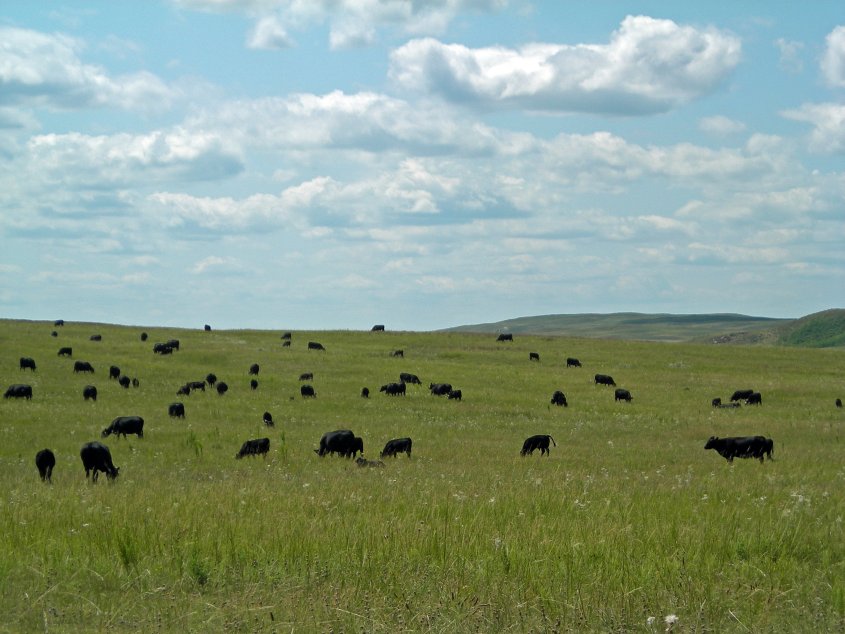
By Karla H. Jenkins, UNL Cow/Calf, Range Management Specialist
As drought continues to plague most of Nebraska, producers are finding spring and summer grass in shorter supply. Questions often arise about the relationship between range management and stocking rate. In areas still struggling with low rainfall and drought recovery, range specialists are recommending delayed turn outs of June 1 for predominately cool season pastures and June 15 or later for warm season pastures. Drought recovery takes time, and even though an area may be receiving rain, producers need to evaluate past grazing history, past and current rainfall, and consider reducing stocking rates. Overgrazing the range will put the long term sustainability of the range in jeopardy. Due to the stress of recent drought on plant populations, overgrazing can occur even in the presence of spring rains. Developing a grazing plan to utilize pastures can help producers effectively manage their forage resources. Dr. Jerry Volesky, UNL Forage and Range Specialist, has developed an excel worksheet to help producers track grazing days. Follow this link for more information on the Grazing Records Template (http://beef.unl.edu/cattleproduction/grazing-records-spreadsheet-documentation-planning) or additional information on Grazing Strategies for Semi-Arid Rangelands (http://extensionpublications.unl.edu/assets/pdf/ec158.pdf).
Often grazing plans and recommendations use terminology such as Animal Unit Months (AUMs) to describe the carrying capacity of a given forage or pasture. This is simply a system used to standardize the forage needs of cattle and the forage available. In this system, a 1000 lb. animal is considered 1 AU making a 600 lb. animal 0.6 AU and a 1200 lb. animal 1.2 AU. Therefore, a 1200 lb. cow and her 300 lb. calf would be considered 1.5 AU. Furthermore, 780 lb. of air dried grass is considered 1 AUM. This means a 1000 lb. animal would consume 780 lb. of air dried forage (approximately 90% of the moisture removed) in one month’s time.
The state of Nebraska is divided into 4 vegetative zones based on rainfall and forage species composition. Because of the differences across the state each zone has a little different carrying capacity for each range site. Most typically in the Sandhills of Nebraska (Vegetative Zone II) common upland range sites in good condition will have a carrying capacity of 0.5-0.7 AUMs per acre. During drought and drought recovery, it would be important to reduce that carrying capacity by 20-30%. So in a normal year, a 600 lb. steer grazing on a pasture rated at 0.6 AUM/acre would need 1 acre for one month of grazing (0.6/0.6) while a 1200 lb. cow would need 2 acres for the month (1.2/0.6). When reducing stocking rate by 20-30%, that same steer would need 1.3 acres for one month while a cow and her calf would need 3.25 acres for one month.
These are estimates and can change. For example, research at UNL has indicated that physiological state (lactation, pregnancy, growth) influences forage intake. Additionally, the carrying capacity of the range can be reduced by issues occurring this year as well such as more drought, hail, fire, and insects. Therefore, producers should monitor pastures closely to avoid improper utilization. Producers wanting more accurate estimates of their pastures’ forage production can contact their local extension office or the Natural Resource Conservation Service for information on sampling and calculating carrying capacity.
For more information on beef and forage management go to http://beef.unl.edu/.